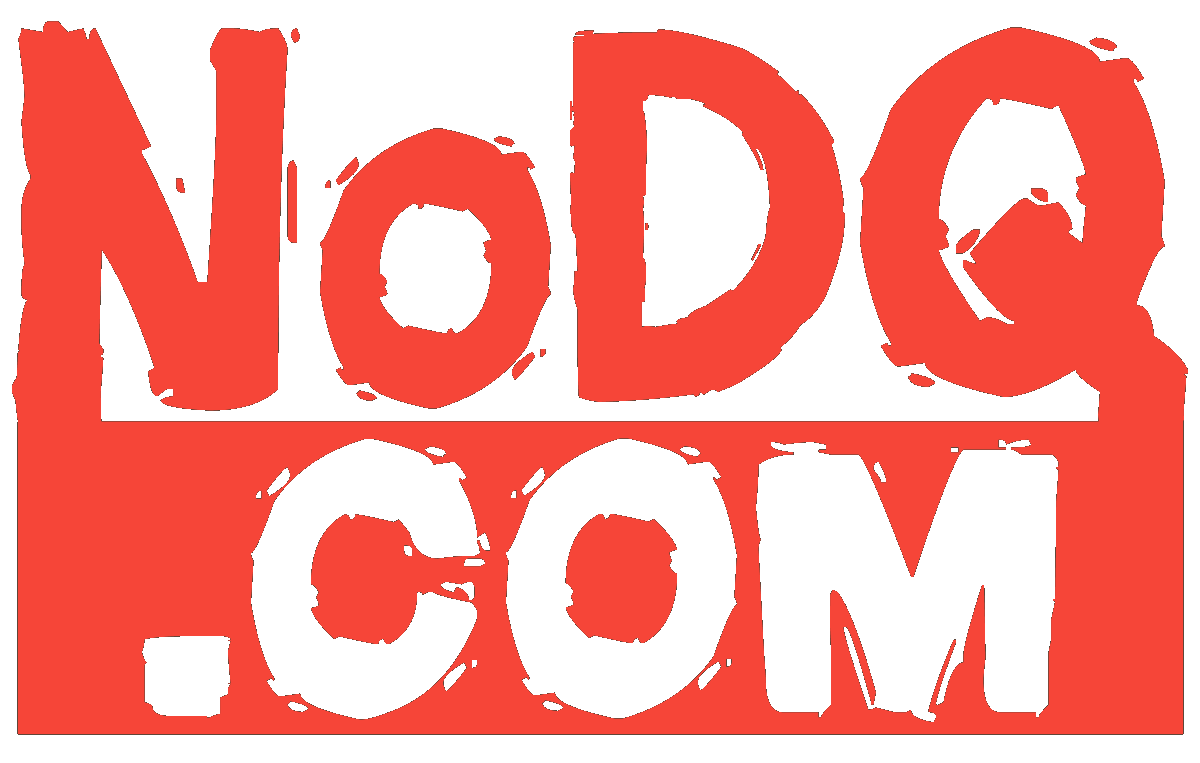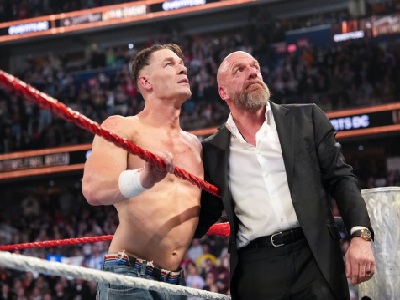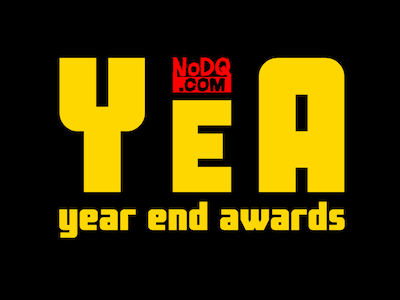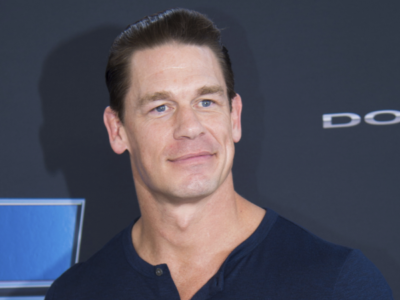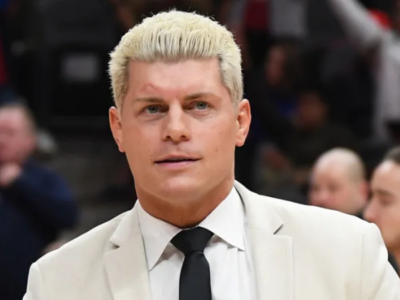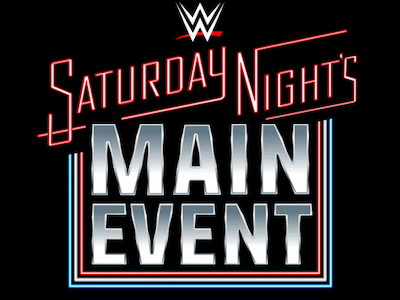A list of 10 reasons why AEW’s television viewership and attendance have declined
The decline in AEW’s television viewership and attendance over recent years can be attributed to a combination of factors, both internal and external. Here are some key reasons why AEW’s viewership has dropped…
1. Saturated Wrestling Market
The wrestling market is more crowded than it has been in years. WWE, particularly with the success of Triple H’s creative direction and compelling storylines (like the Bloodline saga), has regained momentum. WWE’s strong programming has likely drawn some fans away from AEW, especially casual viewers who might not feel the need to watch multiple wrestling shows per week.
Other promotions like Impact Wrestling, New Japan Pro-Wrestling, and smaller independents have grown their fanbases as well, further fragmenting the audience.
2. Inconsistent Storylines
AEW has struggled with inconsistent booking and long-term storytelling. While some angles have been successful, others have seemed directionless, rushed, or dropped altogether. Tony Khan’s booking style, which is often described as more hands-on and reactive, can sometimes lead to confusing or underdeveloped stories that alienate viewers who prefer clear, cohesive narratives.
Characters often cycle through feuds too quickly or are abruptly taken off television, which can disrupt fan investment in those wrestlers or storylines.
3. Over-Reliance on Ex-WWE Talent
While signing former WWE stars like Chris Jericho, Jon Moxley, Bryan Danielson, and CM Punk initially boosted interest in AEW, an over-reliance on these ex-WWE names can dilute AEW’s original identity. Some fans who were drawn to AEW for its fresh, alternative approach to wrestling may feel it’s becoming more like WWE, rather than a true alternative.
Additionally, pushing big-name ex-WWE talent at the expense of homegrown stars like Adam Page, Darby Allin, and MJF could risk diminishing the unique appeal that AEW had when it first started.
4. CM Punk Controversies
While CM Punk’s return to wrestling in AEW was initially a huge ratings boost, his tenure became mired in backstage drama, particularly following the All Out 2022 incident, where Punk’s comments at a post-show media scrum led to a backstage fight with other top stars (The Elite). This resulted in suspensions and cast a negative light on the promotion.
Punk’s eventual departure following a second backstage incident in 2023 further disrupted the fanbase. Some viewers, disillusioned by the drama and chaos behind the scenes, may have tuned out altogether.
5. Overcrowded Roster and Limited TV Time
AEW has an enormous roster, but with limited television time across its shows (Dynamite, Rampage, and Collision), not everyone gets featured regularly. This overcrowded roster leads to inconsistent screen time for many wrestlers, resulting in viewers losing connection with some of their favorite talents.
Additionally, the sheer number of stables and factions can make it hard for viewers to keep track of all the storylines and characters, leading to potential viewer fatigue.
6. Lack of Casual Audience Appeal
AEW tends to cater more to hardcore wrestling fans, emphasizing in-ring work and high-level matches over character-driven entertainment or sports-entertainment elements. While this approach resonates strongly with dedicated wrestling fans, it may not appeal as much to casual viewers who are more interested in larger-than-life personalities or simpler, more accessible storylines.
WWE, by contrast, is more entertainment-driven and better at drawing in non-wrestling fans through mainstream media and celebrity involvement, which helps explain why their audience is more diverse and includes casual fans.
7. Lack of Star Power at the Top
While AEW has some strong talent, there is an argument that they haven’t created a new generation of transcendent stars. Kenny Omega, The Young Bucks, and Hangman Page are beloved by hardcore fans, but they don’t have the same crossover appeal as WWE’s mainstream stars like Roman Reigns or Seth Rollins.
MJF, who is one of AEW’s most charismatic performers, is a bright spot, but the promotion still lacks several larger-than-life personalities who can appeal to mainstream audiences consistently.
8. Over-Exposure
With the addition of AEW Rampage and later AEW Collision, AEW now produces multiple hours of content each week. The sheer volume of wrestling can lead to overexposure, where fans feel overwhelmed by the amount of content and become more selective about what they watch.
Also, Rampage was initially hyped as a must-see companion to Dynamite, but over time it became more of a secondary or tertiary show with less importance, which may have turned viewers away.
9. Lack of Strong Women’s Division Focus
AEW’s women’s division has often been criticized for not being given the same attention or care as the men’s divisions. There are many talented women on the roster, but inconsistent booking and limited TV time have hurt the division’s ability to grow and develop into a key attraction.
Comparatively, WWE’s women’s division receives more time and storytelling focus, especially with stars like Becky Lynch, Charlotte Flair, and Bianca Belair leading the charge.
10. Production Issues and Presentation
AEW’s production values, while generally solid, don’t always match WWE’s polish. Audio issues, lighting problems, or poor camera work during important moments can detract from the overall experience, especially for casual viewers used to WWE’s sleek presentation.
The in-ring style, while lauded for its athleticism, can sometimes come across as too chaotic or over-reliant on high-risk spots, leaving little room for storytelling psychology that mainstream audiences can more easily follow.
Conclusion
AEW’s decline in television viewership and attendance can be attributed to a mixture of factors: increased competition from WWE, internal issues like inconsistent storytelling and roster management, backstage controversies, overexposure, and limited appeal to casual fans. While AEW remains a strong product with passionate fan support, addressing these issues will be crucial to stabilizing and growing its audience moving forward.
